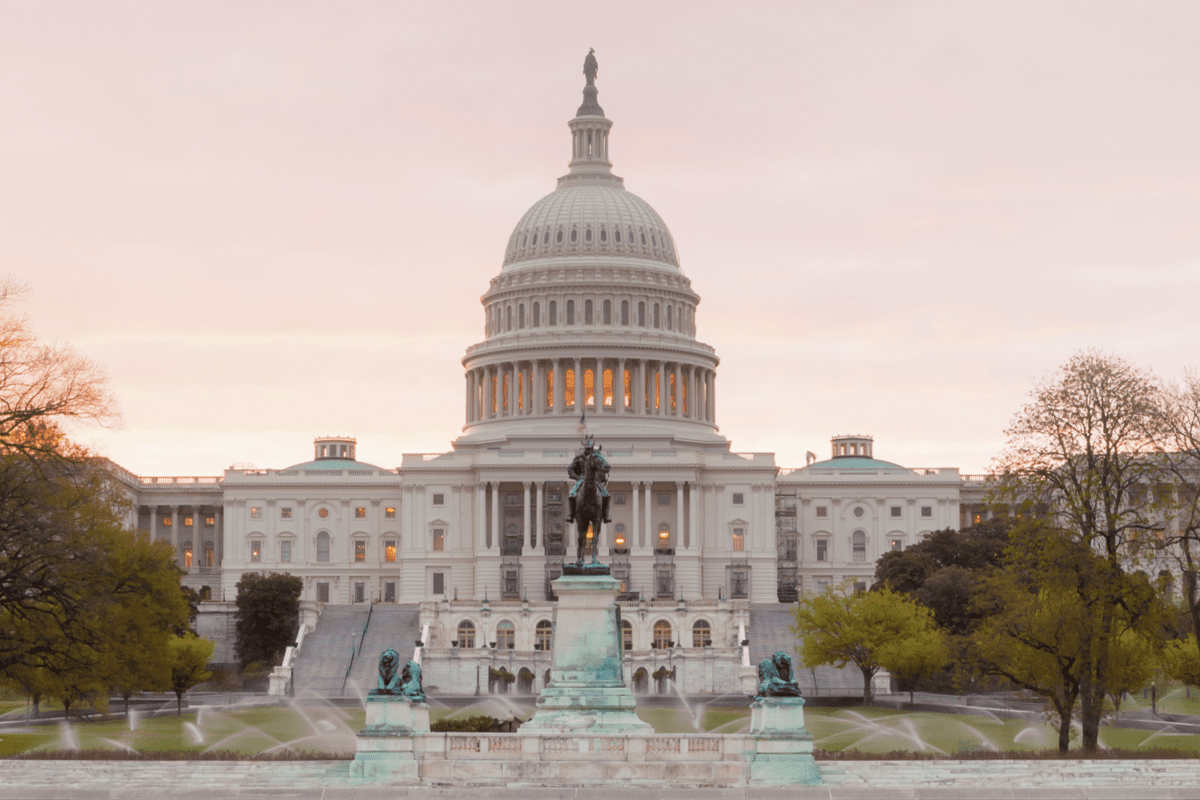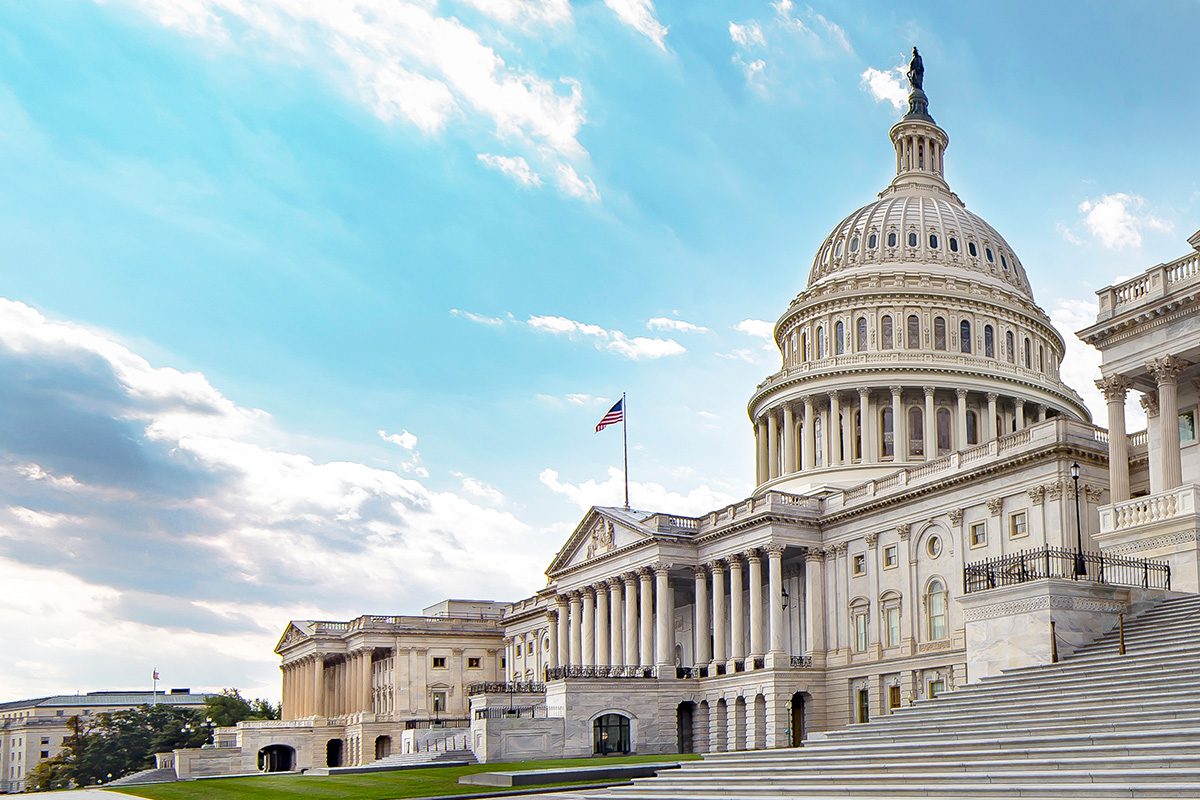
Summary: The One Big Beautiful Bill introduced new tax provisions that will reshape the nonprofit landscape, requiring strategic adjustments in financial planning, fundraising, and donor relations to sustain their missions effectively.
The recently enacted One Big Beautiful Bill (OBBB) introduces significant amendments to the tax code that are poised to substantially influence the operational and financial contours of the nonprofit sector. With the implementation of new excise taxes, modifications to donor incentives, and changes in regulatory requirements, nonprofits find themselves at a crossroads.
As the implications of the OBBB continue to unfold, nonprofits must adapt to this evolving landscape by reimagining their strategies to remain resilient amid persistent uncertainty.
Navigating Excise Tax Changes and Optimizing Financial Planning
The OBBB contains numerous provisions that will require nonprofits to adjust their financial planning and tax strategies. Among the most significant updates are increased excise taxes on colleges and universities and expanded applicability of the excise tax on highly compensated employees.
Rising excise taxes on the investment income of certain colleges, universities, and private foundations may potentially reduce the ability of these entities to award scholarships, develop educational programs, or fund grants. Additionally, the expansion of the 21% excise tax to all current and former employees earning compensation exceeding $1 million will require affected nonprofits to reevaluate compensation structures, explore deferred compensation strategies, and consider organizational restructuring.
Given these expanded excise taxes, nonprofits must strengthen revenue streams, minimize expenses, and revisit both compensation and giving strategies. Rethinking fundraising tactics will be critical to offsetting potential revenue loss and maintaining mission-driven programs.
Maximizing Nonprofit Fundraising Efforts with Tax Law Changes
There are several incentives in the OBBB that nonprofits can leverage to increase fundraising. The introduction of a new 1% floor on corporate charitable contributions and a 0.5% floor on individual contributions who itemize their deductions has the potential to reshape donor behavior. Additionally, the individual charitable contribution deduction will be limited to 35% tax rate, even though many large donors are in the 37% tax bracket, thus reducing the value of their charitable contribution as a tax savings strategy. By establishing a 0.5% AGI floor for taxpayers who itemize and a 1% taxable income floor for corporations, these new rules may reduce overall charitable giving as not all donors will be willing to make large contributions. For individual taxpayers who do not itemize, there is a new charitable deduction of $1,000 ($2,000 for married filing jointly) available, expanding the pool of potential donors.
| Charitable Giving Changes | Current | OBBB Language | Impact to Giving | Giving Impact |
|---|---|---|---|---|
| Individual Nonitemized Deduction Increase | No deduction if a taxpayer does not itemize | Deduction for non-itemizers. Cap of $1,000 ($2,000 for joint returns) | Smaller donors incentivized to give more | n.a., but estimate positive |
| Limitation on Tax Benefit of Itemized Deduction | No floor | Create a 0.5% AGI floor for itemizers | Disincentives giving below 0.5% floor | n.a., but estimate negative |
| Value is 37%, the marginal tax rate avoided by giving | Cap the value of the charitable deduction for high income taxpayers in the 37% tax bracket to ~35% | Reduce incentive for major gifts from high-capacity donors | -$4.1 to -$6.1 billion per year | |
| Corporate Itemized Deduction Floor | Corporations can deduct donations up to 10% of taxable income, no floor | 1% taxable income floor for charitable contributions by corporations | Disincentives smaller corporate donations | ~$4.2 to $4.8 billion per year |
Nonprofits offering scholarships may benefit from a new OBBB targeted tax credit. Individuals can claim up to $1,700 in credits for contributions to qualifying scholarship funds. A qualifying scholarship fund is one that supports students in households earning less than 300% of the area median income. While this credit is reduced by any state-level credits granted for the same gift, the net benefit remains substantial. Even with this reduction, qualifying scholarship organizations can highlight the significant tax benefit this provision could provide to potential donors.
Alongside these potential benefits, nonprofits must also navigate new challenges. The temporary increase to the SALT cap may encourage more taxpayers to itemize, particularly when paired with the new floor on charitable deductions. While this may prompt higher giving, it is not expected that there will be a flood of taxpayers seeking to itemize solely due to this change, especially since the expanded standard deduction was made permanent. In addition, the reinstatement of the limitation on itemized deductions may reduce the benefits of charitable contributions for certain high-income donors. The significant changes made by the OBBB highlight the importance of prioritizing clear communication with existing donors and proactive education for potential donors.
Engaging with Donors Through Transparent Communication and Education
To maintain strong donor relationships, nonprofits must clearly communicate the implications of the OBBB. For prospective donors, update outreach materials to emphasize how the new tax benefits can provide valuable incentives. Consider hosting webinars that explain how these changes will impact both current and potential donors. In addition, nonprofits should conduct scenario planning to help current and potential donors fully grasp the impact of these changes. Nonprofit entities should consider running simulations to forecast how changes in donor behavior and tax burdens could affect budgets and prepare contingency plans for potential decreases in funding or increases in cost.
Final Thoughts
As nonprofits reckon with both the opportunities and challenges that the OBBB introduces, it’s important to remember that proactive adaptation and strategic planning are crucial to navigate this evolving landscape.
By facing these reforms head-on, with careful financial planning, creative fundraising efforts, transparent communication, and thoughtful scenario planning, nonprofits can strengthen donor relationships and continue their mission with resilience.

